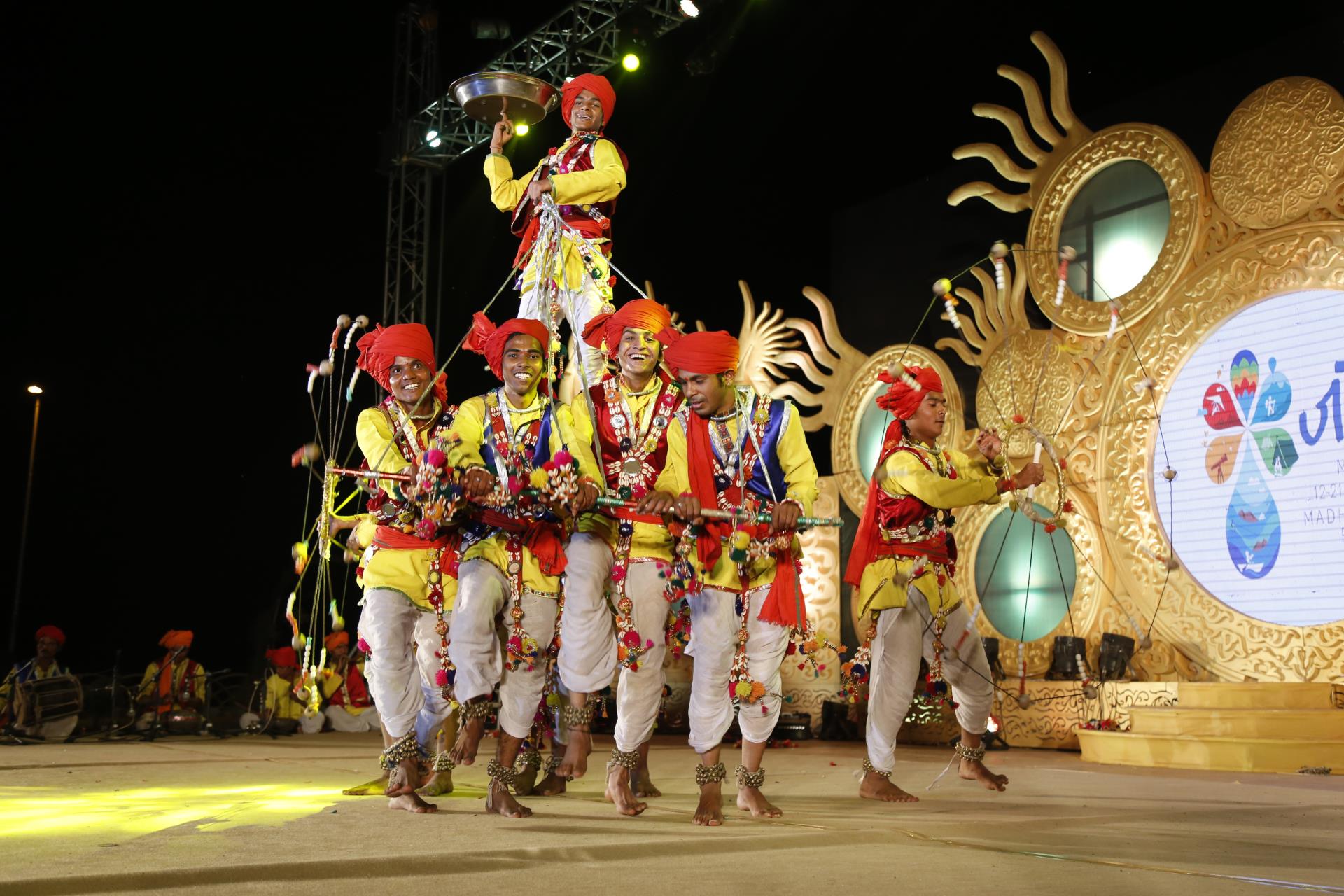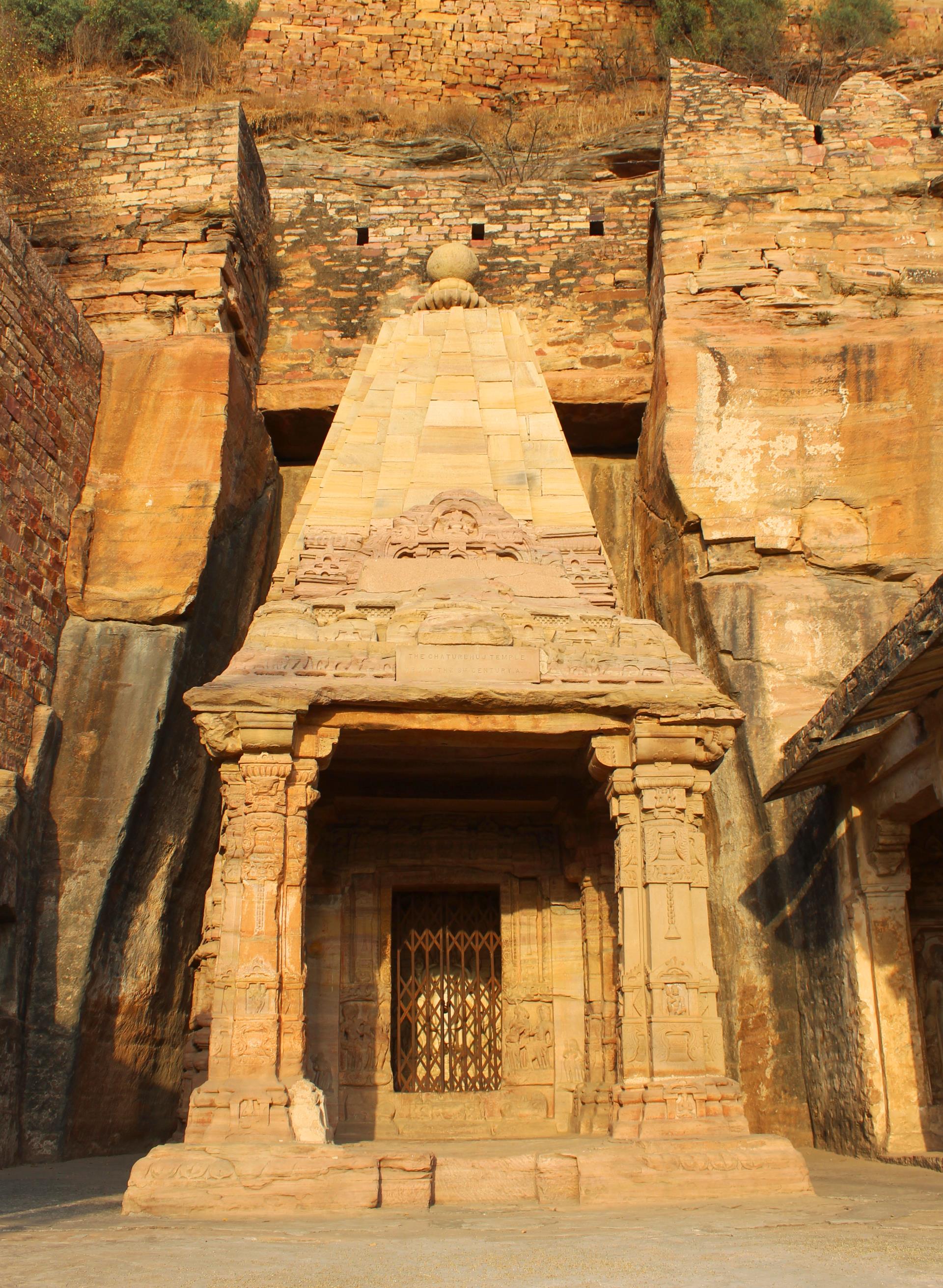
Sorry, we couldn't find anything that matches your search.
Destination

Famous Places to Explore in Hyderabad
A vibrant city with the imposing...

Raipur Tourist Places | Best Place to Visit
The stronghold of several erstwhile...

Ahmedabad
Declared as India's first UNESCO World...
#
The majestic Gwalior Fort, stretching along a 3-km-long plateau, overlooking the city sprawled way beneath, is an unmissable sight. Dominating Gwalior's skyline, the 8th-century architectural marvel seems to be standing guard at one end of the city. Home to hundreds of kings over the centuries, the palaces, temples and other buildings inside the fort complex have been built over a period of time and show the influences of different dynasties.
Among these structures, the most popular is the Teli-Ka-Mandir and Man Singh Palace. Built in the Dravidian style, the Teli-Ka-Mandir temple is covered with fine carvings. The tallest structure in the compound, the 30-m-high temple, dedicated to Lord Vishnu and most probably built in the 9th century, is also considered to be the oldest structure here. With a tall gateway-tower or gopuram, that seems to have been inspired by Dravidian architectural forms, the carvings on the walls of the temple are from northern part of the country. A massive image of Garuda, Lord Vishnu's mount, is a popular attraction.
The Man Singh's Palace, built by king Man Singh, a Tomar ruler, in the 15th century is known for its brilliant blue ceramic tile design. Visible on the facade of the fortress from a distance, these designs in blue are iconic of the fort itself.
Interestingly, the marvels of the fort begin much before you enter the complex, with several massive sculptures of Jain tirthankaras carved into the rock faces in and around the fort. Built by kings of the Tomar dynasty, these large sculptures bestow benign smiles as one walks up to the fort's main gate. There are nine large and many smaller sculptures, including a stunning 17-m-high standing representation of the first tirthankar, Adinath, located around the complex.
The fort complex also houses the Gujari Mahal built by Raja Man Singh for his beloved queen Mrignayani. Other notable structures are Karan Palace, the Jehangir Mahal and Shah Jahan Mahal with fine lattice work, traces of which can be spotted across walls, windows and archways.
Walk across the remnants of these palaces, through the bathing area, where it is said kings and queens cooled themselves during the scorching summer months. Nearby is the Jauhar Kund, a tank where women of the royal household self-immolated (jauhar) themselves in in 1231, when Gwalior was on the brink of being captured by sultan Iltutmish. The fort is also home to the illustrious Scindia School.
* This embed is a third party content and available in English only.








